|
A recent New York Times article has stirred up a lot of concern about the coming revisions of the diagnostic criteria listed in the fifth edition of the Diagnostic and Statistical manual (DSM V). Autism specialist Paul Meier shares his comments on the controversy and the upcoming changes in the DSM V. 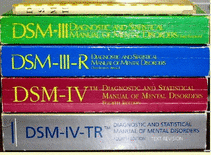 DSM V proposed revisions I will probably be taking an unpopular position. However, I want to calm some people who are legitimately upset as they are concerned about the well-being of their children, and the children of others, regarding the changes in the DSM-V as they pertain to autism. I do not see anyone getting undiagnosed. I do not see anyone getting services loosing those services. Hopefully I can sufficiently explain this to calm people. There is a critical flaw in the study the NY Times article relied on. They were using 1993 data for the study. In 1993 there was only the DSM-III. Asperger's and PDD-NOS were not even in the DSM. So much more has been learned about autism in the last 19 years using such old data is absurd. 19 years ago they still were not too sure what they were looking for. This would have a huge impact on the data gathered. I am guessing it was all there, but the people recording data didn't know to look for it and therefore could not record it. As someone who is around autism all day every day, and does diagnostic work, I don't think there needs to be fear about the proposed changes to the DSM coming out in 2013. I need to stay on top of all this, and intimately understand all the details and nuances. It is my job. I work with the DSM-IV and I am also familiar with the expected changes in the DSM-V. The proposed changes came out 2 years ago, and were last tweaked a year ago. The only recent change that ignited a firestorm was there was an article in the NY Times January 19, 2012. Autism, Asperger's, and PDD-NOS are all really the same thing. With recognizing that, and understanding it in an everyday clinical sense from professionals, the APA is combining the three into one diagnosis of "Autism Spectrum Disorder". This makes complete and total sense, and I support it 100%. The only question then is does the new diagnostic criteria make sense and work. Part of the problem is that a lot of people do not understand the criteria as they are now, including a lot of professionals. The autism spectrum is not a scale of mild to severe, with the diagnosis you receive depending on the severity of symptoms. Spectrum represents a diversity in individual manifestation of symptoms.
1 Comment
By: Tikatia Morris Swinging is an activity enjoyed by neurologically diverse and neurotypicals alike. Many parents will whose children participate in occupational therapy services may have seen their children using a platform swing. These swings are helpful for building trunk support, learning balance and provide an excellent source of vestibular input. If you were to purchase a similar product to install within your home, you would probably spend several hundred dollars. Making a platform swing can save you money, as well as become an inclusive activity for the whole family in building the swing together. Materials You will also need: measuring tape hand drill with bit large enough to make a hole to fit the rope lighter carpet - we used a bath mat from Wal-Mart, but you can buy scrap carpet or measure to fit your board exactly staple gun and staples hammer a sturdy area either in your home or outside to place swing with lots of room for movement. Instructions 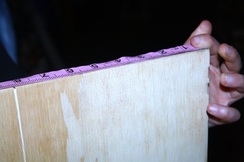 First, measure your board so that your holes are even on both sides and ends of your platform. 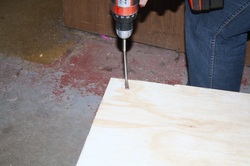 Once measured, position your drill straight above your marked spots and drill 4 holes into each corner. We measured about 2 inches away from each side for support reasons as well as to keep the wood from splinting. 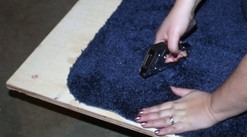 Once you have your four holes drilled, staple your carpet square to the top of your swing. Since our builders used a bathmat, the carpet piece did not fit entirely around the piece of board. If you want to cover the board entirely, you will need to cut circles out over where your holes are and staple the carpet underneath. 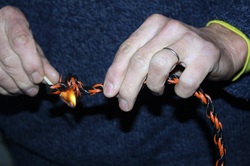 Cut the rope into two pieces (ours were 11 feet each) and loop through the holes on each end lengthwise. Use a lighter or matches to seal the ends of the rope after knotting tightly. We doubled our knots for extra stability and thickness. 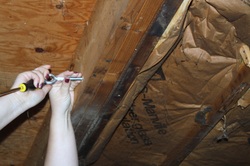 Install the eye screws first to a secure beam. This swing was installed in a basement and the eye screws were screwed into the support beams on the ceiling. The quick links are then attached to the eye screws and the rope is looped through the links. Now that your swing is put together make sure that a responsible adult tests the swing for strength and durability. 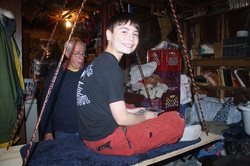 Once you determine that your swing has been installed successfully, and you've tested it for strength, enjoy! By Samantha Pierce
Is Asperger's Overdiagnosed? Recently the above question, posed and supposedly answered in the affirmative in a pair of New York Times opinion editorials, has been making the rounds in public discourse. It is interesting that as awareness of autism spectrum disorders begins to rise the response of the public seems to be that autism spectrum disorders, of which Asperger's is one, are over diagnosed. I would love to see some research to back up such claims. Anecdotes do not equal data as the saying goes. I think this represents a spilling over of a long standing conflict within the autism community. If you spend enough time in any autism related forum you will eventually find two different camps of opinion. There are those who divide the autistic community into the "real" autistics, those who are easily identified as having some sort of impairment (often non-verbal), and the "fake" autistics, those who are able to communicate with the neurotypical world (i.e. they can talk or at least write like they can talk). Then there are those who recognize that the "real" and "fake" autistics fall under the same umbrella if one is willing to take a careful look at how they experience the world. Personally I have children who fall into both of these categories and I see this conflict as a harmful distraction for the autistic community. As different as my children may appear to be to the outside world, upon close examination they have many traits in common. Now that the unsubstantiated claims that there are "real" and "fake" autistic people have hit the mainstream we are beginning to see why this conflict is so harmful in the first place. These unsubstantiated claims of over diagnosis are now being used to marginalize people that many have been fighting to bring into the mainstream. Research into the matter indicates that autism spectrum disorders are likely under diagnosed. Anyone claiming otherwise needs to bring data to the table for rigorous evaluation. |
Categories
All
Archives
December 2021
|
Photo from Hayzphotos
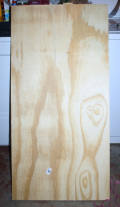
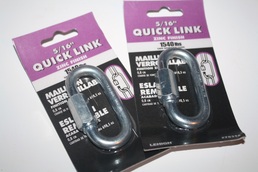
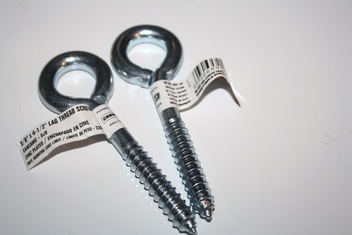
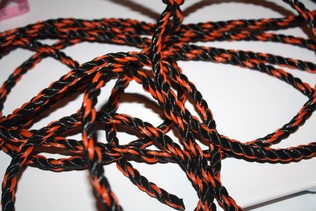
 RSS Feed
RSS Feed
